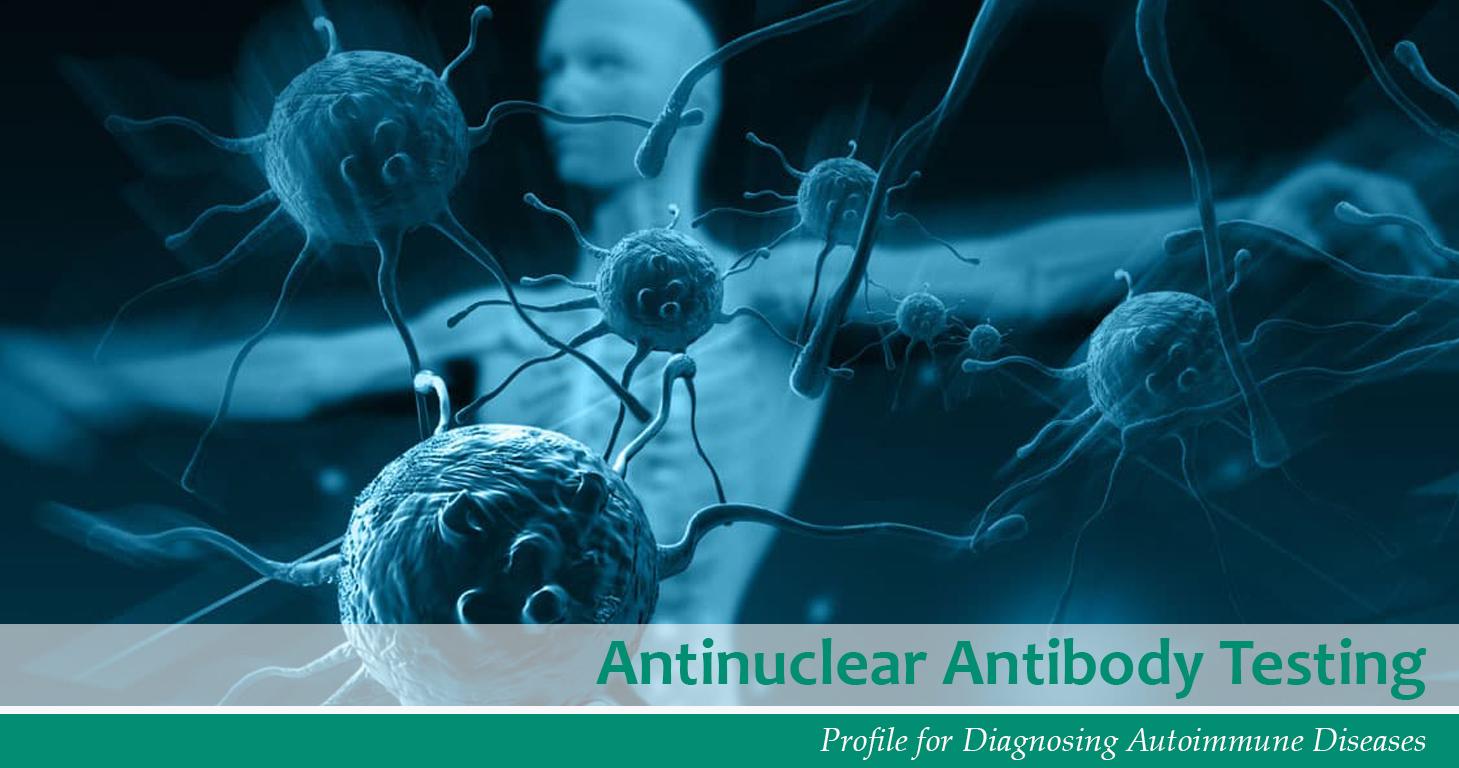Antinuclear Antibody Testing (ANA)

A person’s immune system is designed to attack or destroy any substance in the body deemed as “foreign” by the body. However, in some instances, the body fails to differentiate between “self” and “non-self”. This results in the production of autoantibodies technically called as antinuclear antibodies (ANA). The term “auto” meaning “self” is due to its unusual behavior of attacking the body’s own healthy cells particularly the substances found in the nucleus of a cell giving rise to the term “antinuclear”. These autoantibodies causes a wide range of signs and symptoms such as tissue and organ inflammation, joint and muscle pain, and fatigue. The goal of ANA testing is to identify the presence of these autoantibodies in the blood.
In the first stage of diagnosing autoimmune disorders, ANA testing is very useful in ruling out other conditions with similar signs and symptoms. However, this test is most commonly associated with the autoimmune disorder systemic Lupus Erythematosus (SLE). In most patients, the autoantibodies are present for a few years before the first clinical symptoms appear. Individuals with autoimmune diseases may have numerous autoantibodies of which only a few may be pathogenic.
The ANA Panel Testing detects various antibodies associated with a variety of autoimmune diseases. If positive, it is usually followed by additional testing such as the Extractable Nuclear Antigen (ENA) Panel for a more definitive diagnosis. Some autoantibodies have strong associations with disease conditions and requires a careful clinical correlation by a healthcare physician.
For more information, you may download our newsletter below.
